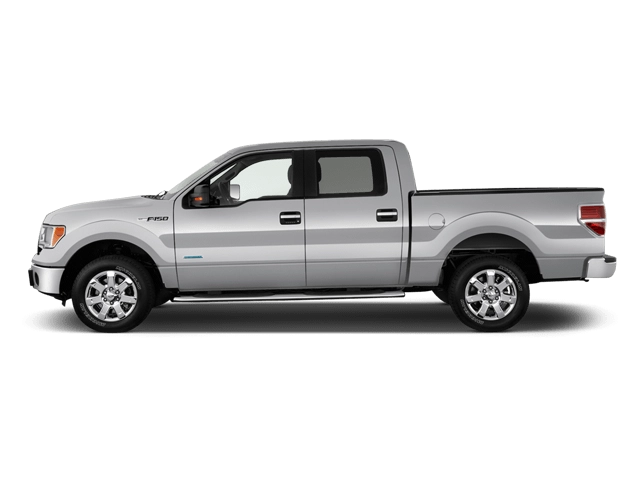2010 Ford F150 Owner's Manual

Table of Contents
2010 Ford F150 Overview
Introduction
The 2010 Ford F-150 represents a well-rounded pickup truck that combines rugged capability with comfort and advanced technology. Known for its dependability, the F-150 stands out among its competitors, appealing to both everyday drivers and serious truck enthusiasts. The 2010 model showcases a robust construction, a range of seating configurations, and a host of modern features all aimed at making any drive enjoyable, whether for work or leisure.
Powertrains
The 2010 F-150 offers an impressive lineup of powertrains that deliver exceptional performance tailored to diverse needs. The standard 4.6-liter V8 engine boasts 248 horsepower, while the available 5.4-liter V8 cranks up to 310 horsepower. For those looking for a more fuel-efficient option, there’s the innovative 4.6-liter V8 Flex-Fuel engine, which is capable of running on E85 ethanol. Both engines are paired with a smooth-shifting six-speed automatic transmission, ensuring seamless power delivery whether you're hauling cargo or navigating city streets.
Trims
The F-150 comes in various trims, catering to a wide array of tastes and purposes. Starting with the basic XL work truck, Ford offers higher trims such as the XLT, Lariat, and the luxurious King Ranch. Each trim level adds its unique features, from chrome accents in the Lariat to suede-like leather seats in the King Ranch, providing options that range from functional to upscale.
Features
The 2010 Ford F-150 is equipped with a plethora of features designed for both convenience and safety. Depending on the trim, buyers can enjoy options such as Ford's SYNC voice-activated technology, premium sound systems, climate-controlled seats, and a rearview camera. Safety features include advanced airbag systems and stability control, ensuring peace of mind on every journey.
Owners Manual
The vehicle’s owner manual serves as an invaluable resource, providing detailed information about maintenance, troubleshooting, and the comprehensive use of features. It includes essential guidelines on servicing schedules, towing capacity specifics, and operational tips to enhance the driving experience and prolong vehicle life.
User manual download
The Ford F150 owner manual for the 2010 model year is to be found in PDF downloadable format on this page. The owner manual for the model year 2010 is free and in English, but the repair manuals are usually not easy to get and may cost more.
Manual Questions
Fill the form below and someone will help you!

